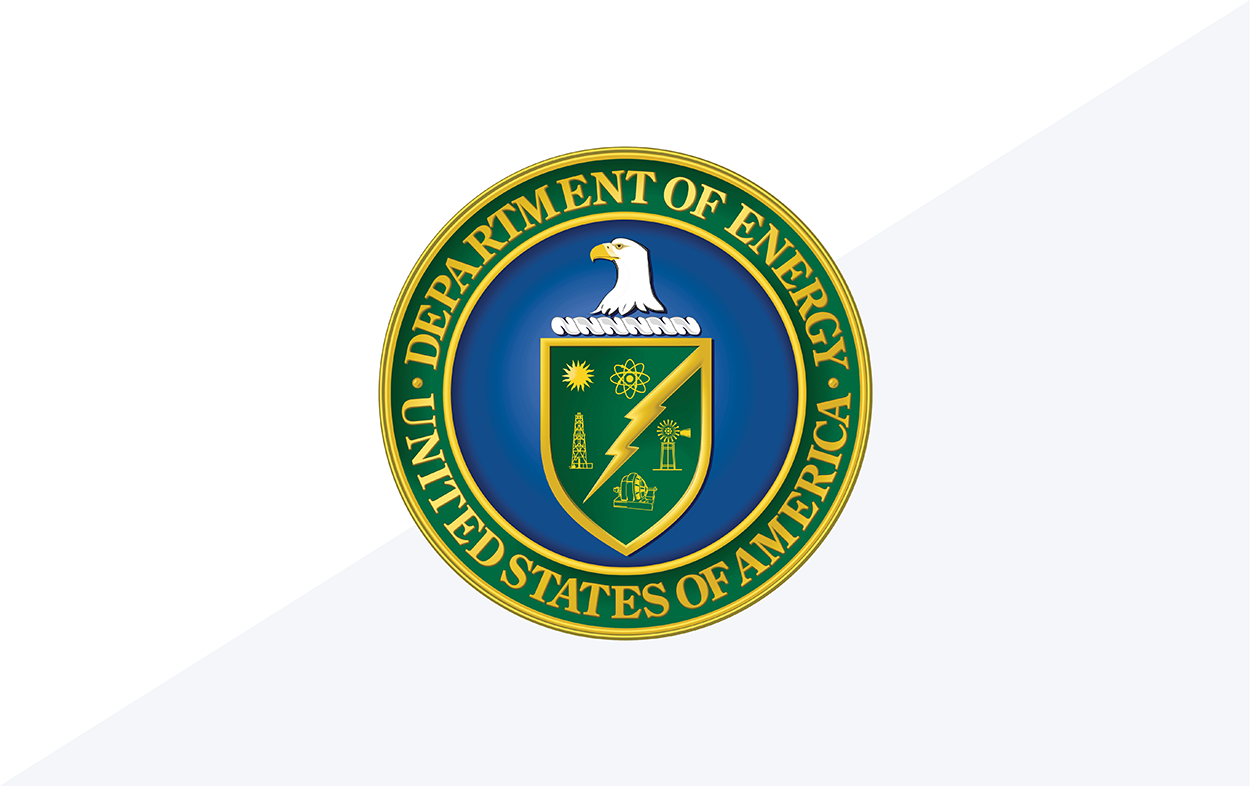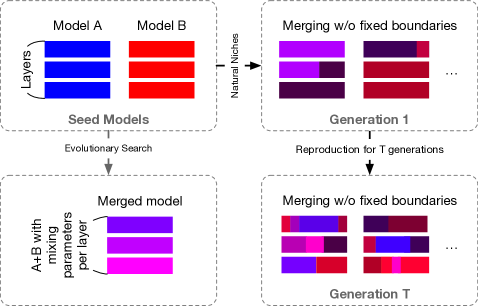Join the event trusted by enterprise leaders for nearly two decades. VB Transform brings together the people building real enterprise AI strategy. Learn more
Vanta, the San Francisco-based compliance automation startup, unveiled its most ambitious artificial intelligence product yet on Tuesday — an autonomous AI agent that handles end-to-end security and compliance workflows without human intervention. The launch signals a major evolution in how enterprises manage governance, risk and compliance (GRC) programs as regulatory pressures intensify and manual processes become unsustainable.
The Vanta AI Agent, entering private beta immediately with general availability planned for July, represents a fundamental shift from AI as a productivity enhancer to AI as a trusted program partner. Unlike traditional automation tools that follow pre-defined rules, the agent proactively identifies compliance issues, suggests fixes and takes action on behalf of security teams while keeping humans in control of final decisions.
“We built the Vanta AI Agent to meet teams exactly where they are, stepping in during the most manual parts of compliance and surfacing issues they may not catch on their own,” said Jeremy Epling, Vanta’s Chief Product Officer, in an interview with VentureBeat. “By minimizing human error and taking on repetitive tasks, the Vanta AI agent enables teams to focus on higher-value work—the work that truly builds trust.”
The timing reflects urgent market needs. According to Vanta’s State of Trust report, 55% of companies report security risks at an all-time high, with AI-powered threats contributing to the escalation. Simultaneously, organizations spend increasing amounts of time on compliance — U.K. companies alone dedicate 12 working weeks annually to compliance tasks, according to industry data.
How AI tackles policy management and audit preparation in four critical areas
The AI Agent tackles four critical areas that typically consume hundreds of hours of manual work. For policy onboarding, the system scans uploaded documents, extracts key details including version history and service level agreements, and automatically maps policies to relevant compliance controls while providing rationale for its recommendations.
“Policies outline how an organization governs its systems and data, but managing them is often a slow, resource-intensive process that involves manually mapping them to dozens of compliance and security controls,” the company explained in its announcement. The agent eliminates this bottleneck by automating control mapping and generating policy change summaries for annual reviews.
Perhaps most significantly, the agent proactively monitors for inconsistencies between written policies and actual practices—a common source of audit failures. “If an SLA outlined in your policy is five days, but the SLA you’re monitoring with Vanta’s automated tests is ten days, the agent will flag this mismatch and provide recommendations and next steps to make a quick fix,” Epling explained.
The system also functions as an intelligent knowledge base, answering complex policy questions in real time. Security teams can query the agent about password requirements, vendor risk coverage, or compliance status for frameworks like SOC 2, ISO 27001 or HIPAA without manually searching through documentation.
Customers report saving 12 hours weekly as AI streamlines compliance workflows
Early customer feedback suggests substantial productivity gains. Anne Simpson, head of privacy, security, compliance at Databook, reported that her team saves 12 hours weekly since implementing the AI Agent. “The Vanta AI Agent complements my team’s expertise by filling in knowledge gaps, helping us learn faster and double-checking critical information—ultimately saving us 12 hours weekly. And in our organization, time is money,” Simpson said.
The agent’s evidence verification capabilities address another persistent pain point. Auditors frequently request revisions or clarifications during evidence reviews, creating bottlenecks that can derail audit timelines. The AI Agent reviews uploaded documents against audit requirements to ensure accuracy and completeness, identifying gaps before they become issues.
“With so many detailed evidence requirements, it’s not unusual for auditors or consultants to ask for revisions or clarifications after their manual evidence review,” Epling noted. “The Vanta AI Agent reviews uploaded evidence against audit requirements to confirm accuracy and completeness, offering clear guidance when revisions are needed and reducing back-and-forth with auditors and internal stakeholders.”
$150M series C funding validates booming compliance automation market
Vanta’s AI Agent launch comes as the compliance automation market experiences unprecedented growth. The company raised $150 million in Series C funding in July 2024, reaching a $2.45 billion valuation, with Sequoia Capital leading the round alongside Goldman Sachs and J.P. Morgan. The startup now serves over 8,000 customers globally, surpassing $100 million in annual recurring revenue.
The broader market validates this trajectory. Compliance-focused startups are attracting significant investor attention as enterprises grapple with expanding regulatory requirements, from the EU AI Act to enhanced cybersecurity frameworks. Traditional manual approaches cannot scale to meet current demands.
“Automation has always been at the heart of Vanta,” Epling emphasized. “The Vanta AI Agent continues this by eliminating time-consuming, manual, and repetitive tasks, such as gathering and reviewing evidence for audits, keeping your security program in sync across policies, controls, risks, and automation.”
Advanced security features protect sensitive compliance data while enabling AI innovation
Unlike rule-based automation or reactive chatbots, the Vanta AI Agent operates with the same platform access as human users, enabling proactive program improvements and one-click resolutions. The system benefits from complete context about a company’s compliance history and current risk posture, unlocking additional value through personalized recommendations.
Security remains paramount given the sensitive nature of compliance data. Vanta leverages its existing identity and authorization system, ensuring users can only access information they’re already authorized to see. The company maintains formal Data Processing Agreements with third-party partners, guaranteeing that shared data won’t train external models.
“We exclude documents marked as sensitive from being accessed by the Agent and give users control over this setting,” Epling explained. As one of the first companies certified under ISO 42001, Vanta applies rigorous AI governance standards across its platform.
Why human control remains essential in AI-powered compliance automation
Despite the automation, human oversight remains central to the system’s design. “The Vanta AI Agent is designed to empower, not replace, human teams,” Epling stressed. “Teams retain full control and approval over any recommended changes before they are implemented. The Agent can speed up processes and reduce inaccuracies, but humans make the final call.”
This approach addresses common concerns about AI systems operating autonomously in critical business functions. The agent guides teams through workflows, surfaces inconsistencies and recommends fixes while always keeping humans in the loop for final decisions.
The future of enterprise security: From manual compliance to strategic risk management
The launch represents broader industry transformation as compliance evolves from point-in-time certifications to continuous monitoring and real-time trust verification. This shift becomes increasingly important as cyber threats become more sophisticated and regulatory frameworks multiply.
“We’re continuing to expand the Vanta AI Agent’s capabilities across policy management and evidence evaluation,” Epling revealed. “Soon, the Agent will be able to draft and edit policies, identify more gaps in your security program, and recommend actions to meet specific frameworks.”
Looking ahead, the agent will support end-to-end compliance workflows by connecting all aspects of a customer’s program across the Vanta Trust Management Platform, including risk oversight and security reviews. This comprehensive approach could fundamentally alter how enterprises approach security and compliance management.
As regulatory complexity continues expanding and security threats evolve, Vanta’s autonomous approach may signal the end of compliance as a necessary evil—and the beginning of trust management as a competitive advantage. For an industry that has long treated security as a cost center, the promise of AI agents that transform compliance from burden to business enabler represents nothing short of a revolution.
However, perhaps the most telling sign of this shift came from Epling himself: “Teams will spend less time on box-checking and more on strategic security.” In an era where a single compliance failure can cost millions and a security breach can destroy decades of trust, that’s not just an efficiency gain — it’s survival.
Daily insights on business use cases with VB Daily
If you want to impress your boss, VB Daily has you covered. We give you the inside scoop on what companies are doing with generative AI, from regulatory shifts to practical deployments, so you can share insights for maximum ROI.
Read our Privacy Policy
Thanks for subscribing. Check out more VB newsletters here.
An error occured.





















